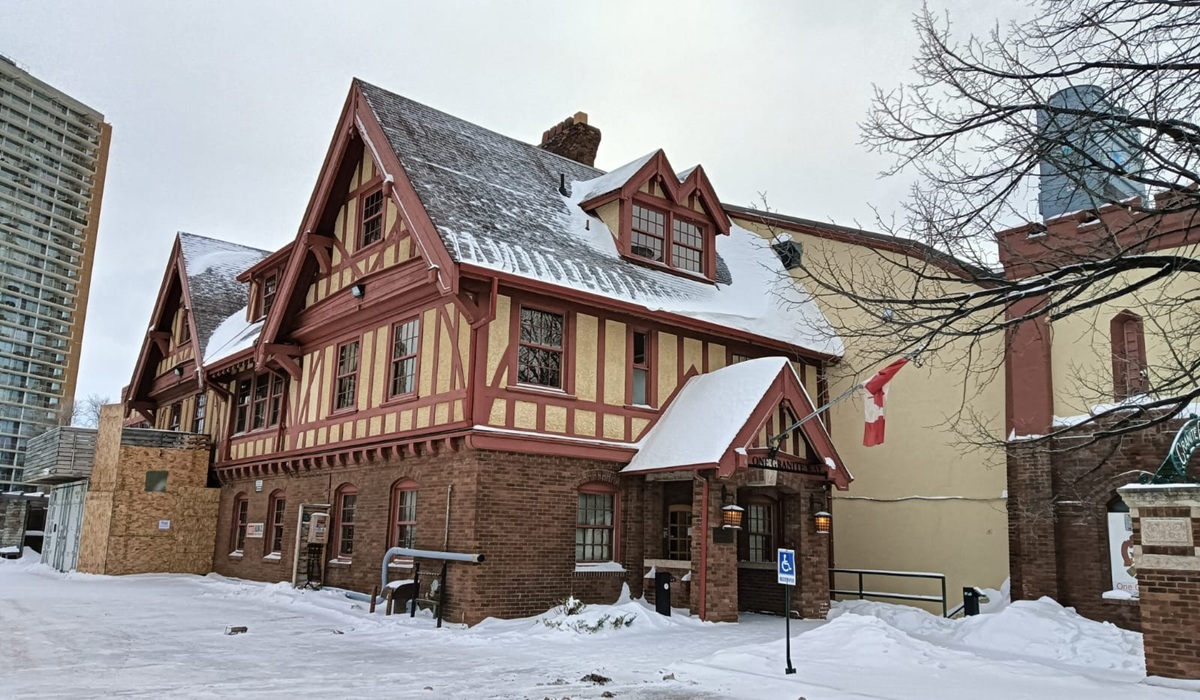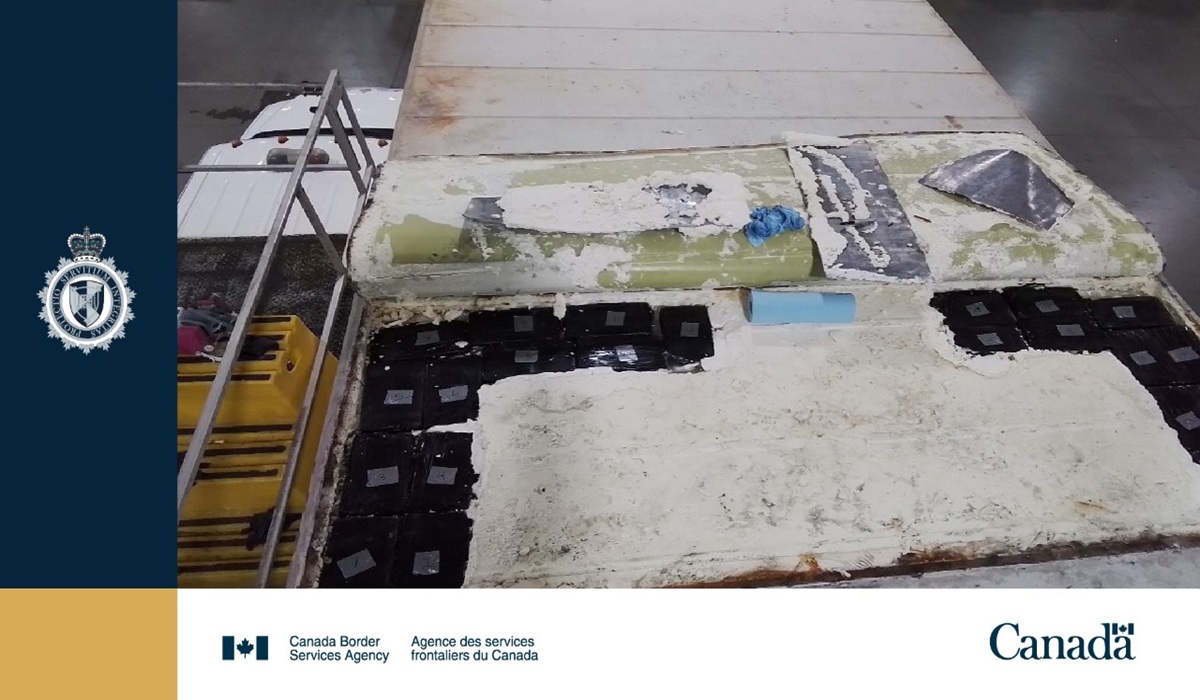Toronto’s War on Speed Cameras: Community Pushback or Reckless Rebellion?
- Ingrid Jones
- Canada
- September 10, 2025

Image Credit, Toronto Car People, Social Media
In the stillness of Toronto’s early mornings, crews once again found themselves responding to an oddly familiar scene: a toppled speed camera lying by the roadside, cables exposed and concrete foundation sheared away. Overnight, two more devices—one at O’Connor Drive and Coxwell Avenue, another on Sheppard Avenue West near Keele Street—were taken down, bringing the tally of vandalized or destroyed cameras this year to a striking 31.
For many, the numbers tell a story bigger than vandalism. They suggest a widening rift between the city’s approach to road safety and how residents view the role of automated enforcement. Are these cameras actually slowing drivers down—or have they simply become high-tech cash registers for municipal coffers?
Toronto has steadily rolled out photo radar over the past few years, arguing it’s a tool to improve road safety, reduce speeding, and protect pedestrians—particularly in residential areas and school zones. Yet, the recurring attacks point to deep frustration simmering within parts of the community. One camera, stationed on Parkside Drive, has been cut down an astonishing seven times in under a year. Each incident costs the city thousands of dollars in replacement, repair, and manpower. Critics argue this cat-and-mouse game shows a lack of buy-in from the very communities these cameras are supposed to protect. And the pushback isn’t isolated to Toronto. Globally, speed cameras have faced backlash in places as varied as France, Australia, and the United States. In some cities, the devices are removed altogether because of questions about fairness, privacy, and effectiveness.
City officials and law enforcement remain steadfast in defending the program. Toronto’s transportation services have repeatedly pointed to statistics showing reduced speeding in areas where cameras are installed. Police emphasize that automated enforcement frees up officers for more serious road safety issues, while still holding reckless drivers accountable. Some city councillors have framed the issue as a matter of public responsibility. “If you’re not breaking the speed limit, you won’t have anything to worry about,” has become a common refrain. The city also insists revenue generated through photo radar fines is earmarked for road safety initiatives, not general budget padding. But the public isn’t entirely convinced. Critics say the city has yet to fully account for how much money is collected and where it actually goes. If fines are funneled into the city’s broader operating budget, residents argue, then speed cameras are less about protecting lives and more about balancing books.
Beyond the official statements, there’s a more nuanced—and emotional—story playing out. In conversations across neighborhoods, coffee shops, and online forums, residents are openly questioning whether these cameras are truly making streets safer. Parents walking kids to school often express support, saying any deterrent is worth it if it forces drivers to slow down. “I’d rather have a camera than a speeding car near a crosswalk,” one Riverdale mother shared. But just as many community members see the program differently. They argue the cameras haven’t changed driver behavior in the long run. Some even admit that while they momentarily ease off the gas near a known camera location, their speed creeps back up moments later. To them, that’s not genuine road safety—it’s a cat-and-mouse game. Others voice frustration that the cameras feel like traps, especially when placed on wide arterial roads where speed limits are set artificially low. “They’re not slowing us down—they’re catching us out,” said a North York resident who has received three tickets in a single month.
This debate isn’t unique to Toronto. Across North America and Europe, researchers have long argued over the true impact of automated speed enforcement. Some studies suggest modest reductions in speeding-related collisions. Others conclude that cameras don’t significantly change long-term driver behavior, particularly once the novelty wears off. Globally, there are hundreds of cities with no red-light or speed cameras at all, yet they manage to maintain road safety through other means: better road design, improved signage, traffic-calming infrastructure, and community-based policing. So the question for Toronto isn’t just whether cameras catch speeders—it’s whether they’re the most effective way to invest in public safety.
The perception that photo radar is more about money than safety is the most corrosive element of this debate. The city collects millions annually from these fines. Officials say those dollars go back into Vision Zero road safety initiatives. Yet without transparent accounting and visible reinvestment in local communities, residents remain skeptical. If Torontonians see potholes left unfilled, crosswalks without proper signals, or neighborhoods still plagued by dangerous driving despite the cameras, trust erodes further. The logic becomes: if we’re paying all this money, why doesn’t the city feel safer?
The repeated destruction of cameras may be illegal, but it is also a powerful message. Communities are essentially saying they don’t believe in the system. If vandalism has become this frequent, it suggests the city has a legitimacy problem, not just an enforcement one. Maybe it’s time for Toronto to revisit its approach. Could investments in speed bumps, narrowed lanes, pedestrian islands, and better lighting achieve the same goal without sparking community anger? Could the city publish a transparent annual report showing exactly how photo radar funds are spent? Could residents be given a more meaningful say in where cameras are placed—or whether they should exist at all?
Toronto now stands at a crossroads. The tally of destroyed cameras is more than just an inconvenience; it’s a signal that the city’s approach to road safety is failing to resonate with parts of the community. The persistence of vandalism shows the issue won’t simply go away with stronger camera poles or faster replacements. If safety is the true priority, then it may require listening more closely to what residents are saying—both in words and in actions. Because at the heart of this issue is a fundamental truth: road safety works best when communities and governments share ownership of the solution. For now, though, the concrete bases of Toronto’s speed cameras keep cracking under the strain—not just of vandalism, but of mistrust.








